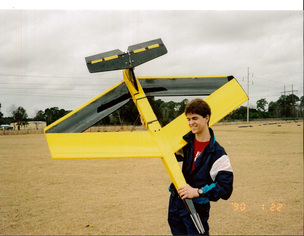
Grand award winner 41st International Science & Engineering Fair (Mimicked dragonfly’s flight) Numerous awards/recognitions, including 1990 Nobel Prize Ceremonies invitation; International Aerospace Hall of Fame invitation, appeared on CNN/Headline News/Smithsonian
U.S.A.F. Systems Command Scholarship; First awardee of Georgia Tech Freshman Research Recognition Scholarship; Federal Aviation Administration Scholarship 1988–90; Vertical Flight Foundation Scholarship (American Helicopter Society) 1992 and 1994; AIAA/TRW Scholarship
U.S.A.F. Systems Command Scholarship; First awardee of Georgia Tech Freshman Research Recognition Scholarship; Federal Aviation Administration Scholarship 1988–90; Vertical Flight Foundation Scholarship (American Helicopter Society) 1992 and 1994; AIAA/TRW Scholarship
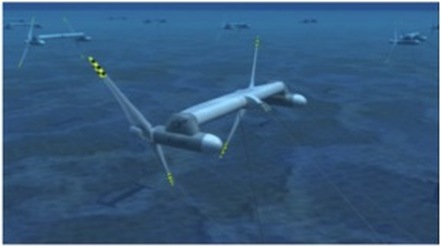
Renewable Energy : Ocean Currents -The Aquantis Current Plane (“C-Plane™”) technology is a marine current turbine designed to convert the kinetic energy from the flow, to competitively priced, base-load electric power generation. The technology is suitable for steady marine currents and tidal currents, with system differences and specific arraying and deployment requirements for each.The Aquantis project is based on joining two mature disciplines – ocean engineering and turbine design, both with well-developed technical expertise. We believe this can lead to earlier technology deployment and competitiveness. Aquantis is designed to harness the energy from the Gulf Stream and other marine currents around the world.
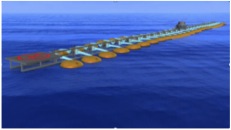
Renewable Energy : Wave Energy- Centipod technology is designed to harness the power available from the extensive, worldwide wave energy resource. The multi-megawatt Centipod system is based on a stable floating platform, which is actively yawed to wave front exposure. As waves travel across the Centipod, pods rise and fall generating electricity. Centipod provides a viable method for delivery of competitively priced, utility-scale power to high-population coastal markets.
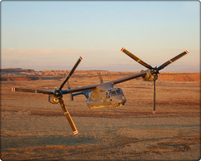
Vertical Flight- V-22/XV-15/UH-60: The Bell Boeing V-22 Osprey is the first aircraft designed from the ground up to meet the needs of the Defense Department's four U.S. armed services. The tiltrotor aircraft takes off and lands like a helicopter. Once airborne, its engine nacelles can be rotated to convert the aircraft to a turboprop airplane capable of high-speed, high-altitude flight.
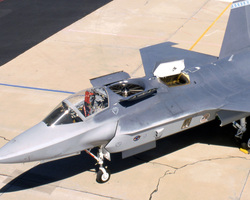
Propulsion- F119/F135 Engines- The F-35 Lightning II Program (also known as the Joint Strike Fighter Program) is the Department of Defense's focal point for defining affordable next generation strike aircraft weapon systems for the Navy, Air Force, Marines, and our allies. The F-35 will bring cutting-edge technologies to the battlespace of the future. The JSFs advanced airframe, autonomic logistics, avionics, propulsion systems, stealth, and firepower will ensure that the F-35 is the most affordable, lethal, supportable and survivable aircraft ever to be used by so many warfighters across the globe.
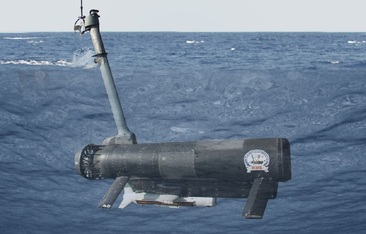
Semi Autonomous Vehicles: The Remote Minehunting System (RMS) provides the primary mine reconnaissance capability in the Navy’s Littoral Combat Ship (LCS) Mine Countermeasures (MCM) Mission Package. RMS addresses a critical Mine Warfare gap - using unmanned, offboard systems to detect, classify, localize and identify bottom and moored mines in littoral regions - without putting sailors or high-value capital ships in the minefield. It uses an unmanned, autonomous Remote Multi-Mission Vehicle (RMMV) that tows an advanced Variable Depth Sensor (AQS-20A) that supports minehunting sensors. The RMMV can operate at great distances (over the horizon) with 24-hour endurance. No other unmanned system available today has demonstrated the capability or maturity of RMS for persistent, high search rate mine reconnaissance. The RMMV has undergone rigorous reliability testing, completing 1300 hours of at-sea testing during the RMS Reliability Growth Program.
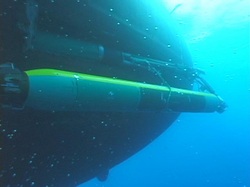
Fully Autonomous Vehicles: The U.S. Navy has awarded Lockheed Martin (NYSE: LMT) a $10.6 million contract modification to integrate a sensor array capable of three-dimensional (3D) obstacle detection and classification, VHF communication and 3D bathymetry into the Navy's Advanced Development Unmanned Undersea Vehicle (ADUUV). Under the contract modification, Lockheed Martin will provide engineering and manufacturing services to integrate the Littoral Precision Underwater Mapping Array (LPUMA) sensor into the ADUUV. LPUMA is produced by the Applied Research Laboratory in Austin, Texas. The first phase includes the design, fabrication and testing of a single ADUUV to support risk reduction for the Mission Reconfigurable UUV (MRUUV). Work will be performed in Riviera Beach, FL, and is expected to be completed by September 2007. "The LPUMA sensor suite advances the revolutionary ADUUV's capabilities to the next level," said Jim Weitzel,
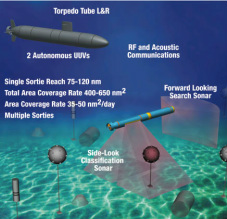
Lockheed Martin Maritime Systems & Sensors vice president for Mission and Unmanned Systems. "By adding the next generation of precise 3D bathymetry and object detection and classification capabilities, the ADUUV can more rapidly change its mission from mine countermeasures to intelligence and surveillance, and expand to other missions as well." The ADUUV, the first underwater vehicle of its kind designed to accommodate interchangeable modular payloads that can be swapped out for various missions, is the precursor to the revolutionary MRUUV. The system will be deployed from a Virginia-class or Los Angeles-class submarine for launch and recovery through submarine torpedo tubes and be used for clandestine intelligence collection, surveillance, and reconnaissance, as well as mine reconnaissance and tactical ocean survey.